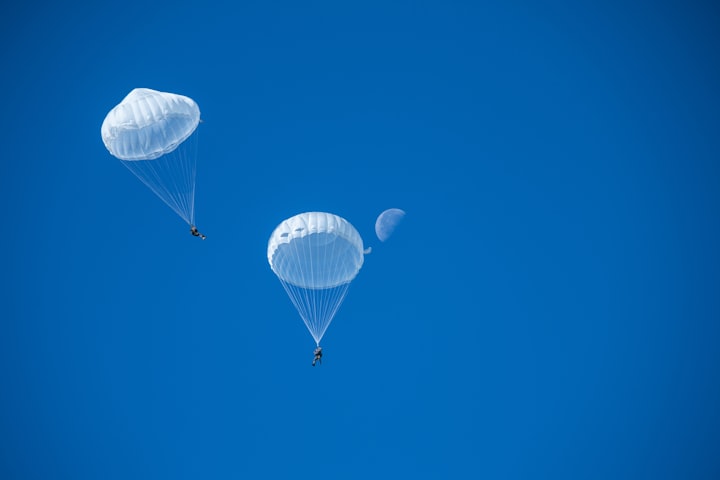Flying Over Atmospheric Rivers
A Key to Better Weather Forecasting

Weather forecasting has come a long way in recent years, thanks to advances in technology and the development of sophisticated computer models. However, one of the biggest challenges in weather forecasting is accurately predicting extreme weather events, such as heavy rainfall and flooding. To improve our ability to predict these events, scientists are turning to a unique tool: aircraft flying over atmospheric rivers.

Understanding Atmospheric Rivers
Atmospheric rivers are narrow bands of moisture that form in the atmosphere and transport large amounts of water vapor from one place to another. These rivers of moisture can stretch for thousands of miles and can carry as much water as the Amazon River. When atmospheric rivers make landfall, they can result in heavy rainfall, floods, and landslides, particularly in coastal regions.
Atmospheric rivers are an important part of the global water cycle and play a key role in bringing precipitation to many parts of the world. However, they can also pose a significant threat to human life and property when they cause extreme weather events.

The Role of Aircraft in Measuring Atmospheric Rivers
To better understand atmospheric rivers and their impact on weather patterns, scientists are using a variety of tools and techniques, including satellite data, weather balloons, and ground-based sensors. However, one of the most effective ways to study atmospheric rivers is through airborne measurements.
Aircraft can carry a variety of instruments that can measure the properties of the atmosphere, including temperature, humidity, and wind speed. By flying through an atmospheric river, scientists can collect data that is difficult or impossible to obtain through other methods. This data can help scientists better understand the structure and behavior of atmospheric rivers and improve our ability to predict their impact on weather patterns.

The Advantages of Airborne Measurements
There are several advantages to using airborne measurements to study atmospheric rivers. First, aircraft can fly at high altitudes, allowing them to collect data over a wide area. This is particularly important for studying atmospheric rivers, which can stretch for thousands of miles.
Second, aircraft can fly through the heart of an atmospheric river, providing detailed information about its properties and structure. This is important because the properties of atmospheric rivers can vary significantly depending on their location and other environmental factors.
Finally, aircraft can collect data in real-time, allowing scientists to make adjustments to their measurements and collect additional data as needed. This is particularly important for studying atmospheric rivers, which can change rapidly and unpredictably.

Improving Weather Forecasting through Better Data
By collecting more accurate and detailed data on atmospheric rivers, scientists can improve our ability to predict extreme weather events and provide more accurate weather forecasts. This is particularly important for coastal regions, where atmospheric rivers can cause significant damage and loss of life.
Improved weather forecasting can also help communities prepare for extreme weather events and take steps to minimize their impact. This may include building better infrastructure to withstand floods and landslides or developing early warning systems that can alert residents to potential dangers.

The Role of Collaborative Efforts in Studying Atmospheric Rivers
This section could focus on the importance of collaboration among scientists, government agencies, and other stakeholders in studying atmospheric rivers and improving weather forecasting. It could highlight the benefits of sharing data and resources, and discuss examples of successful collaborations in this field.
In conclusion, airborne measurements of atmospheric rivers offer a unique opportunity to improve our understanding of these important weather patterns and improve our ability to predict extreme weather events. By collecting more accurate and detailed data, scientists can help communities prepare for the impact of atmospheric rivers and mitigate their effects. As technology continues to advance, we can expect even more sophisticated tools and techniques to be developed for studying atmospheric rivers, leading to further improvements in weather forecasting and disaster preparedness.
About the Creator
AFRIDH REFAM
Name : Afridh Refam
Education : Bsc IT
Interest : Ethical Hacking, Designing, Coding, Science
Location : India






Comments
There are no comments for this story
Be the first to respond and start the conversation.